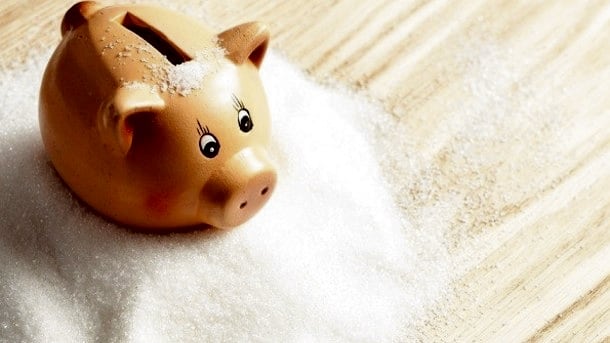Soda taxes have been gaining traction around the world. In the US, cities such as Philadelphia, Berkeley and more have introduced the measure; while the UK and South Africa are among the countries that have implemented a tax.
Defining ‘success’ is complicated: but one thing most stakeholders can agree on is that they are not a silver bullet by themselves.
What should be taxed?
For a start, the beverage industry has always claimed it has been unfairly targeted: particularly the dedicated voluntary efforts it has made on reformulation over the last decade and more.
That positioning does have some merit: given that other sectors have gotten away scot-free (think, for example, confectionery and cakes).
“Sugar taxes on beverages have shown promise, but they are just one piece of the puzzle, and sugar-sweetened beverages represent only a small fraction of the ultra-processed foods driving diet-related diseases,” Dr Natalie Pearson, an expert in behavioural epidemiology and public health from Loughborough University in the UK, told us.
Some countries have attempted to introduce taxes on other items and UPFs, although most of these are in their infancy. That makes it hard to draw on solid data to encourage their uptake more widely.
The UK introduced its sugar tax (Soft Drinks Industry Levy or SDIL) in 2018: and it has been credited with successfully driving reformulation across the beverage industry.
Now, the tax is already set to be extended to RTD coffee and milkshakes, while the threshold could be lowered to include other drinks.
Such milk-based drinks are currently exempt from the SDIL: but proposals (which represent the first major revamp of the sugar tax since it came into effect in 2018) would see both milk-based drinks and plant alternatives (such as oat milk or rice milk) included.
Meanwhile, more drinks would be covered by the sugar tax in general: as the minimum sugar content at which the SDIL applies is set to be reduced from 5g per 100ml to 4g.
Should the UK SDIL threshold be lowered and extended to milk-based drinks?
The proposals to lower the SDIL threshold and include more drinks is a move welcomed by campaigners such as Action on Sugar.
But the British Soft Drinks Association is less convinced. “The recently announced planned changes to the SDIL are not evidenced based. Even by the UK Government’s own calculations, lowering the threshold and bringing milk-based drinks into the Levy will reduce adult calorie intake by an average of one calorie per day,” a spokesperson for the British Soft Drinks Association told us.
The spokesperson emphasies the disparity to other categories: “Between 2016 and 2025, soft drinks’ share of take-home sugar in the overall food and drink category in the UK fell from 8.9% to 6.3%. In the same time period, several food categories saw their contribution to take-home sugar rise.”
There have been numerous calls to extend this success to other categories such as cakes and biscuits.
And yet, that does not solve all the problems.
“Taxing is not necessarily the answer to all of the diet related problems we see in society,” said Pearson. “Yes, the sugar tax has shown promise, but it has also encouraged reformulation of products that often sit just below the threshold for taxation.
“What we need is a food system where whole fresh foods are the easiest, most accessible, and cheapest choice for all, regardless of income, postcode, or background. This means going beyond individual choices and addressing the root causes of unhealthy diets. A fairer food system would support local and sustainable agriculture, invest in school and community food programs, regulate the marketing of unhealthy products (especially to children), and ensure that healthy food is not just available, but desirable and culturally relevant. It’s about making healthy eating the default. For this to happen, there is need for change at the whole food system level.”
So how can such change be driven?
A successful approach needs to ensure that nutritious, low-sugar, and less-processed foods and drinks are affordable and easily accessible to all, said Pearson.
That could mean investing in community support and food programs, improving food labelling and enforcing stricter marketing. Advertising of ultra-processed foods and drinks should also be addressed: because these are currently aggressively marketed to children.
And education and messaging would help consumers make better choices.



